If you want to add a patio, shed, or other permanent structure to your backyard but don’t know where to start – concrete pier blocks and metal brackets are an easy solution. They provide strong support for outdoor structures and can be installed in just a few hours.
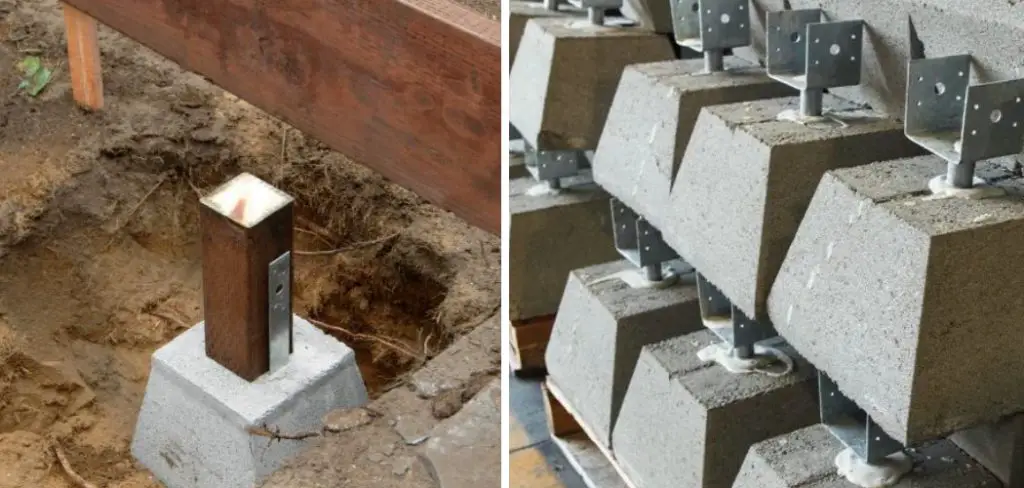
With our guide on how to use concrete pier block with metal bracket, you’ll have your project up and running in no time! Keep reading to learn more about the advantages of this setup, the materials needed for installation, as well as step-by-step instructions on how to assemble it all together.
Tools and Materials You Will Need to Use Concrete Pier Block With Metal Bracket
- Concrete Pier Block
- Metal Bracket
- Hammer
- Level
- Gravel (optional)
- Shovel for digging (optional)
Step by Step Guidelines on How to Use Concrete Pier Block With Metal Bracket
Step 1: Prepare the Site
Before getting started, you’ll need to prepare the area where your project will be located. Make sure that the ground is level and free of debris. If necessary, use a shovel to remove any large rocks or roots from the excavation site. Preparing the site properly will help ensure that your project is secure and stable.
Step 2: Place the Concrete Pier Block
Now it’s time to place the concrete pier block in its desired location. Make sure that the block is level by using a carpenter’s level or a similar device. If you need extra support, consider pouring gravel into the bottom of the hole. While placing the block, be sure to keep it square and in line with the other blocks.
Step 3: Attach the Metal Bracket to the Concrete Pier Block
Once your concrete pier block is level, it’s time to attach a metal bracket to it. Depending on your needs, you can use either J-bolts or L-brackets. Be sure to line up the holes of both components so that they match up perfectly. Use a hammer to secure the metal bracket into place. This step is important, as it will ensure the stability of your project.
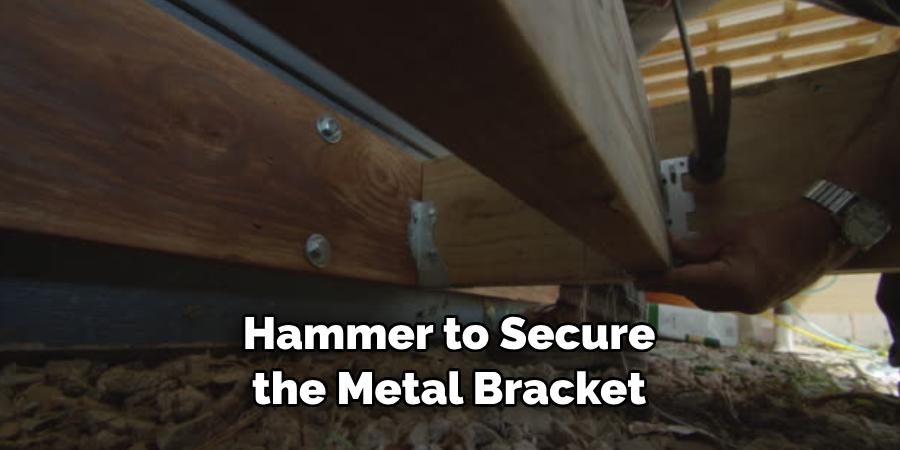
Step 4: Ensure That the Structure Is Level
Once you have installed the concrete pier block and metal bracket, make sure that the structure is level by using your carpenter’s level or another device. If necessary, adjust the height of either component until it is level with the ground. If you need extra support, you can add gravel or sand to the bottom of the hole.
Step 5: Add the Final Touches
Now that your concrete pier block and metal bracket are secure, you can start adding the finishing touches to your project. Depending on the type of structure you are building, this could involve attaching wood or metal components, applying a sealant, or even painting it. Make sure to follow all instructions carefully in order to ensure a strong and sturdy result.
By following these five simple steps, you can easily use a concrete pier block with a metal bracket to create a stable base for any outdoor structure. With the right tools and materials, you’ll have your project up and running in no time! Good luck and happy building!
Additional Tips and Tricks to Use Concrete Pier Block With Metal Bracket
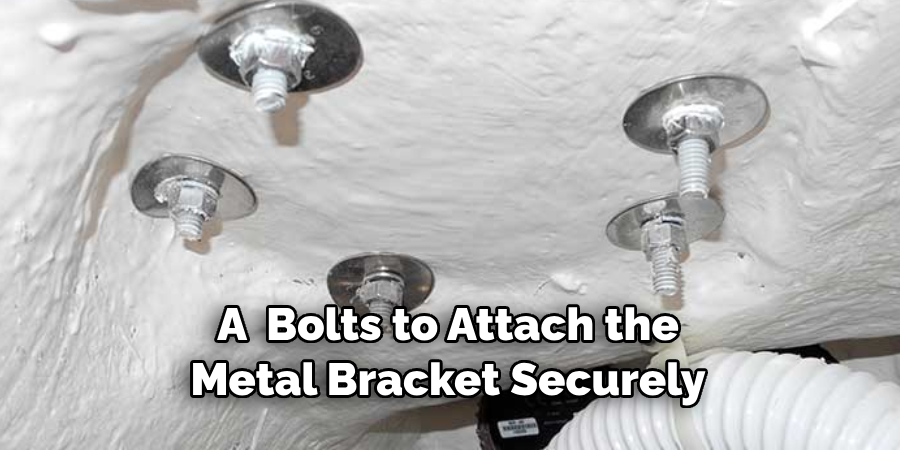
- Make sure to clean the concrete pier block and metal bracket prior to installation. This will help ensure a strong bond between the two materials.
- When installing the concrete pier block with a metal bracket, use an appropriate amount of concrete mix for proper adhesion. Too much or too little can prevent a secure bond from forming properly.
- Make sure to use a level when setting the concrete pier block with the metal bracket. This will help ensure that it is properly aligned and secure.
- Use lag screws or bolts to attach the metal bracket securely to the concrete pier block. Be sure to use appropriate fasteners for your particular project, as improper fasteners can lead to the failure of the installation.
- When attaching the metal bracket to a concrete pier block, use a torque wrench to ensure that it is tightened correctly. Incorrect fastening can cause failure of the installation and even injury from loose pieces.
- Inspect your work regularly for signs of rust or corrosion in order to maintain the integrity of the installation. Rust or corrosion can weaken joints which can lead to failure or injury.
- When installing concrete pier blocks with metal brackets, be sure to take necessary safety precautions and use appropriate protective gear such as gloves and goggles. Building construction can be a dangerous activity if not done correctly and with the right equipment.
- Finally, if the project is too difficult or complex, it is best to hire a professional contractor who has experience in building construction. A professional contractor should be able to complete the job safely and correctly. This will save you time, money, and potential injury or property damage.
Following these tips and tricks will help ensure that your project is safe and successful when using concrete pier blocks with metal brackets. With proper planning and care, you can have a professional-looking installation that will last for years to come. Good luck!
Advantages of Concrete Pier Block With Metal Bracket
- Concrete pier blocks and metal brackets offer a strong foundation for construction projects. The combination of the two materials creates an especially durable base that can stand up to extreme weather and other environmental hazards.
- Concrete pier blocks are easy to install, requiring minimal effort from the user. They don’t require any specialized tools or expertise, making them perfect for DIY projects and smaller construction tasks.
- The metal brackets provide additional stability and security for the pier blocks, making them less likely to move or shift over time. This helps ensure that whatever is being built on top of the pier blocks remains secure and intact even in an area prone to extreme weather events.
- Concrete pier blocks with metal brackets are very cost-effective. Because the two materials are both readily available and relatively inexpensive, this combination is particularly cost-efficient for smaller construction projects.
- Finally, concrete pier blocks with metal brackets are incredibly versatile. They can be used in a variety of different applications, from residential decks to commercial retaining walls. This adaptability makes them an ideal choice for anyone looking to build something that needs to be secure and stable.
Overall, concrete pier blocks with metal brackets provide a strong and reliable foundation for projects of all sizes. Their durability, ease of installation, additional stability, cost-effectiveness, and versatility make them an ideal choice for anyone looking to build something that will last.
Frequently Asked Questions
What is a Concrete Pier Block With a Metal Bracket?
A concrete pier block with a metal bracket is a type of precast foundation system that consists of a round or square solid concrete block and a mounting bracket made from hot-dipped galvanized steel. The combination of the two provides an effective and durable base for decks, posts, stairs, and other structures.
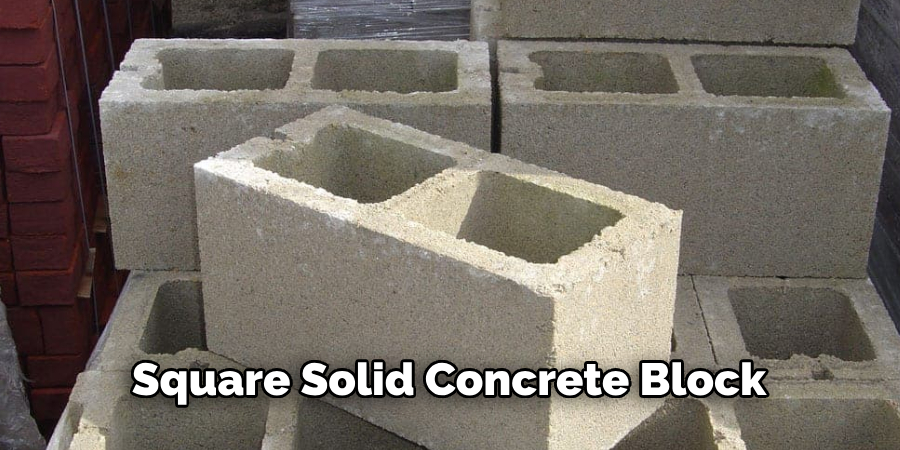
How do I install a Concrete Pier Block With a Metal Bracket?
Installing a concrete pier block with a metal bracket is relatively straightforward and can usually be completed in the afternoon. The first step is to prepare the site by clearing away any debris or roots that may be present, then leveling out the ground with soil or gravel. Next, mark out the area where you would like to install the block and dig a hole for it that is at least twice as deep as the pier block.
Place the block into the hole and use a level to ensure that it is correctly positioned. Secure the bracket onto the top of the block, making sure that all connections are tight. Finally, secure the concrete around the sides of the block with a shovel or other tool to fill in any gaps.
Are there any special considerations when using Concrete Pier Blocks With Metal Brackets?
Yes, it’s important to make sure that the bracket is securely attached to the pier block and that all connections are tight. Additionally, it’s important to use a concrete mix that is appropriate for the intended application and to make sure that the block is correctly positioned in the hole before filling it with concrete.
Finally, you should also wear proper safety equipment such as gloves and eye protection to protect yourself from injury when handling or installing the blocks.
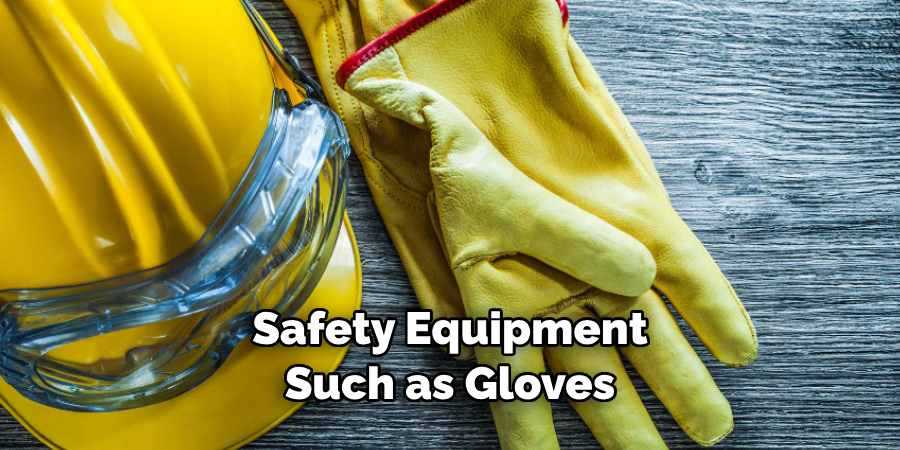
Can Concrete Pier Blocks With Metal Brackets be used in areas exposed to moisture?
Yes, these piers are designed to withstand the elements and can be used in areas exposed to moisture, such as decks near pools or patios that are regularly exposed to rain. However, it’s important to make sure that the bracket is properly galvanized before installing it and that all connections remain tight over time. Additionally, you should also periodically check for any rust or corrosion on the bracket and replace it if necessary.
Conclusion
With the above outlined you can now understand how to use concrete pier block with metal bracket. It is important to note that proper installation of the block with a secure bracket is key to ensuring your structure is safe and provides lasting performance.
Additionally, it is important to use the appropriate concrete mix for the application and to periodically check for any rust or corrosion on the bracket. With these considerations in mind, you can enjoy peace of mind knowing that your structure is well-built and secure.
